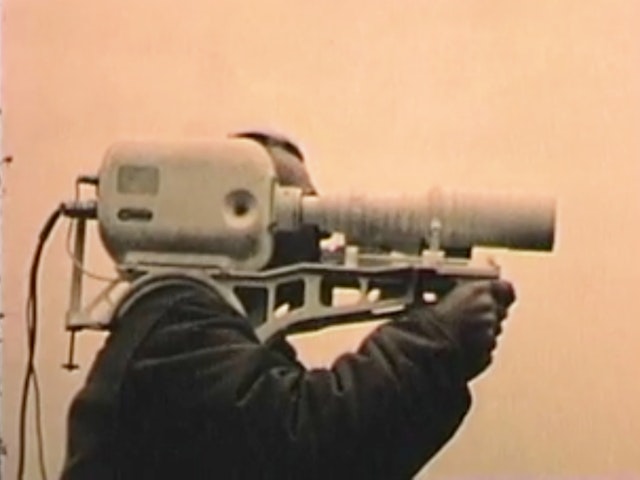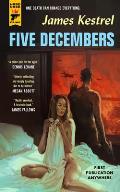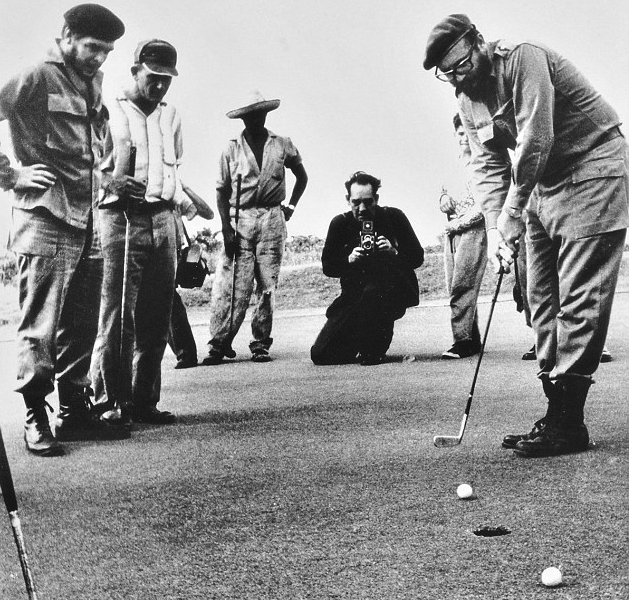I didn't watch that many 2023 movies this year, particularly through October. However, I did sign up for Letterboxd and have been writing brief reviews there. It obviously serves to log all the films I've seen, not merely those released in 2023. It appears I watched 86 films in 2023; thus, the list of new films below reflects only a small portion of my total movie viewing.
As longtime readers know, this is an annual list and here is a link to last year's post if you want to work backwards through my viewing experiences.
Films from this first set will probably receive award nominations, or at least deserve strong consideration.
Leave the World Behind
May December
Scrapper
Master Gardener
Are You There God? It's Me, MargaretShowing Up
Sharper
I doubt Leave the World Behind is the best picture of 2023, but I think it is outstanding and am certain to see it again -- and will strongly consider it for viewing in my class on Global Politics Through Film. Amidst all the paranoia are some interesting reactions to uncertainty, threats, cyber-terror, and ecological catastrophe.
May December is an interesting film with strong acting performances and both subtle and unsubtle messages. At least the filmmaker had something of potential importance to say.
Scrapper is sort of a British version of The Florida Project, though I think the young girl lead actor is older in this film. The story is interesting, there are some funny moments, and the human connections seem real.
Master Gardener was one of the stranger movies I've seen in awhile and the romantic connection that the title character ultimately forms is unpredictable, but believable. Joel Egerton is a talented actor that I also saw this year in The Stranger. He plays very complex characters in both films.
Are You There God? It's Me, Margaret (based on the Judy Blume book) was entertaining, despite the fact that I was likely not the target audience. Kathy Bates steals her scenes, which are often hilarious.
Showing Up is a character study with a thin plot and terrific acting performances. The artists in the film are friends and family who inspire and infuriate one another, depending upon the moment. In the end they seem to be able to live with that dichotomy even if some are particularly gifted and have talent that "shows up" others. My spouse and I are big fans of director Kelly Reichardt. Check out her other films, perhaps beginning with First Cow or Wendy and Lucy. We saw Certain Women a few weeks prior to seeing Showing Up.
These films were quite good and might receive award consideration:
Sharper
The Killer
Visit this blog's homepage.
For 280 character IR and foreign policy talk, follow me on twitter.
Or for basketball, baseball, movies or other stuff, follow this personal twitter account.
They Cloned Tyrone
Reality
Barbie
The Pez Outlaw (documentary)
Sharper is a pretty good crime film with con-man (woman) vibes. The Killer is well-executed, but ultimately the story is a basic revenge plot for an unsympathetic character. It lacks heft. They Cloned Tyrone isn't really a comedy, despite Jamie Foxx's performance, but it is entertaining and fairly clever at times.
Reality was interesting and based on a true story, but the true story felt a little thin for a feature film.
Everyone saw Barbie, right? I liked it, more or less, but there are significant shortcomings inherent in the source material. This film's success proves that Margot Robbie and Ryan Gosling have enough star power (and talent), and Greta Gerwig sufficient directing skill, to make an entertaining film out of almost nothing substantial.
I would have liked to see those 3 remake something like The Pez Outlaw as a feature film, rather than a small documentary. Bet that would be interesting. It's a fun tale on its own.
These were less interesting to me:
Asteroid City
These were less interesting to me:
Asteroid City
No Hard Feelings
Indiana Jones and the Dial of Destiny
Asteroid City is an interesting visual experience, but Wes Anderson's mannered style becomes a bit tedious in this mediocre film. In all honesty, I didn't think that much of Wes Anderson's previous film, The French Dispatch, and wonder if he's trying a bit too hard to be quirky at the expense of story-telling. Keep in mind that I loved Moonrise Kingdom and The Grand Budapest Hotel. I also saw his short The Wonderful Story of Henry Sugar this fall and found it merely OK.
Jennifer Lawrence is always worth watching, and there's much of her to see in No Hard Feelings (you probably read about the beach scene even if you didn't see the movie), but this is not a particularly funny comedy. Maybe it would have been better in a theater.
Nothing in Indiana Jones seemed particularly novel, but I guess it was worth using the IP for one last payday. I kind of wish the character Jones had been handled more like James Bond, with younger actors portraying him after a few films with more frequent releases. An adventuresome archaeologist is a great premise, but they could have used more creativity reflecting on the world.
I'm obviously missing a large number of highly rated films from 2023 and plan to see them through 2024 (and beyond). I used to provide a list (and I still might) of top-rated films that I have not yet seen, but I didn't do it last year and no one complained.
Visit this blog's homepage.
For 280 character IR and foreign policy talk, follow me on twitter.
Or for basketball, baseball, movies or other stuff, follow this personal twitter account.











































